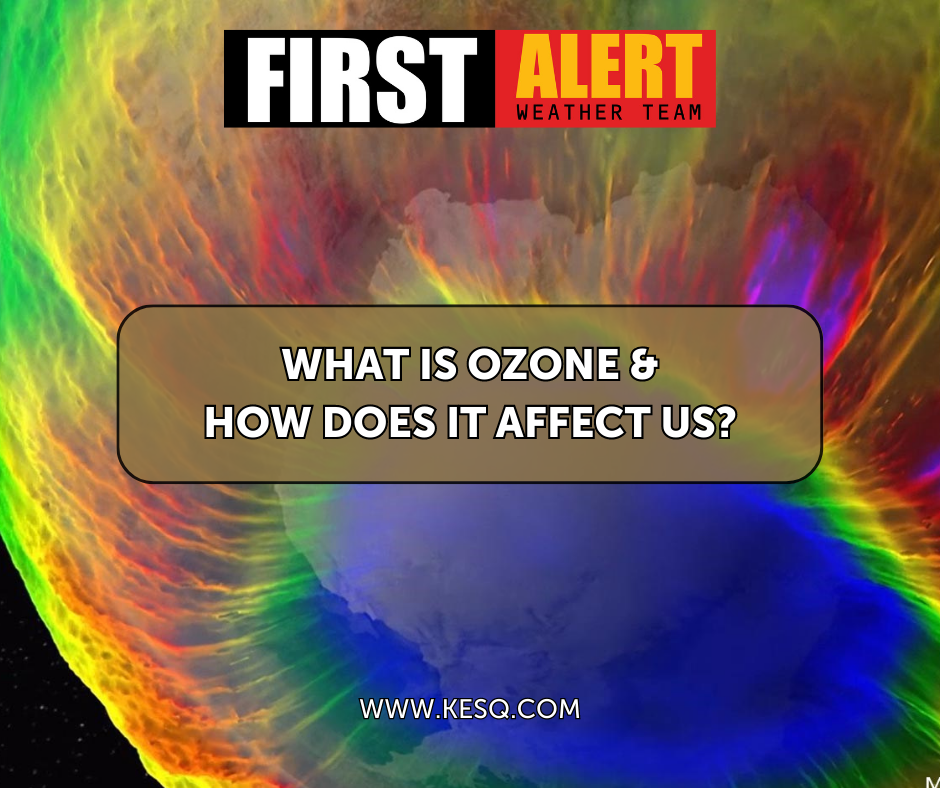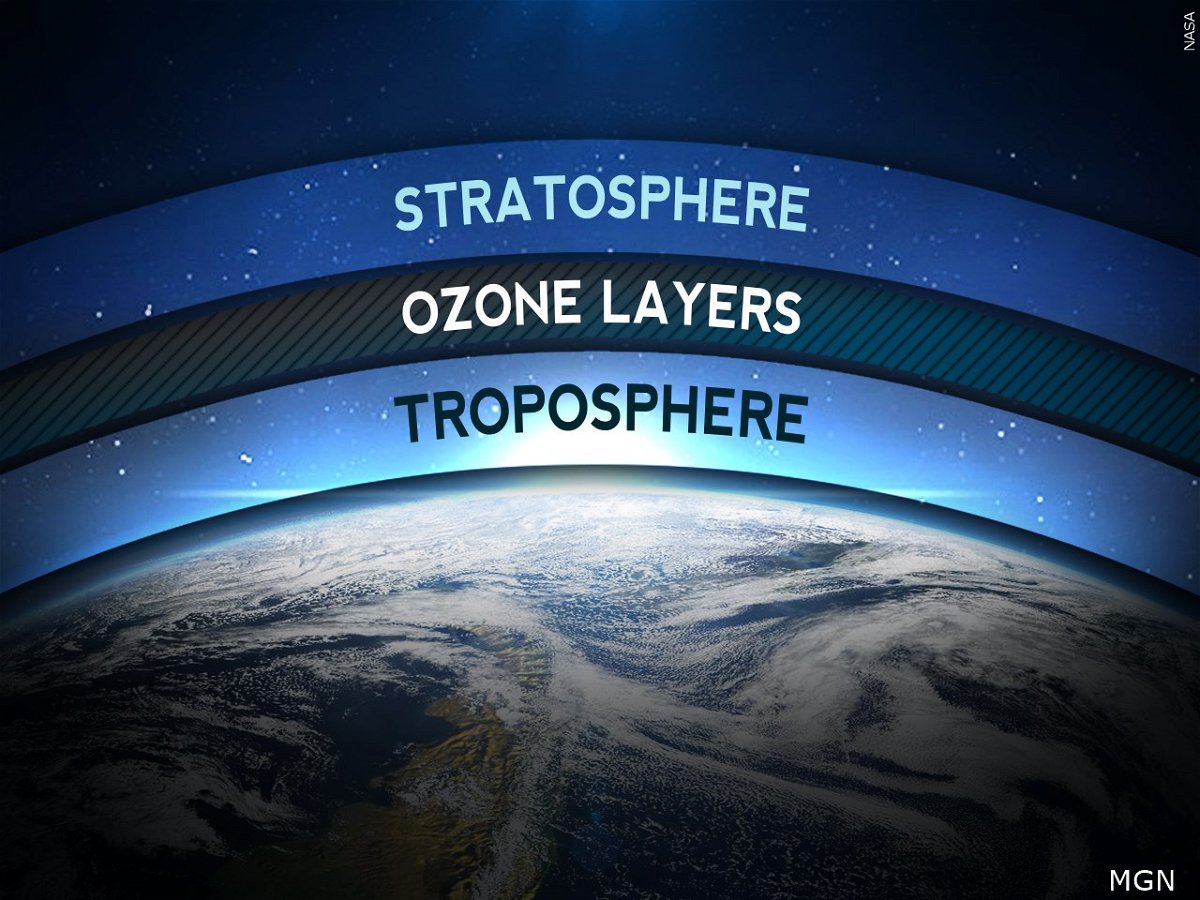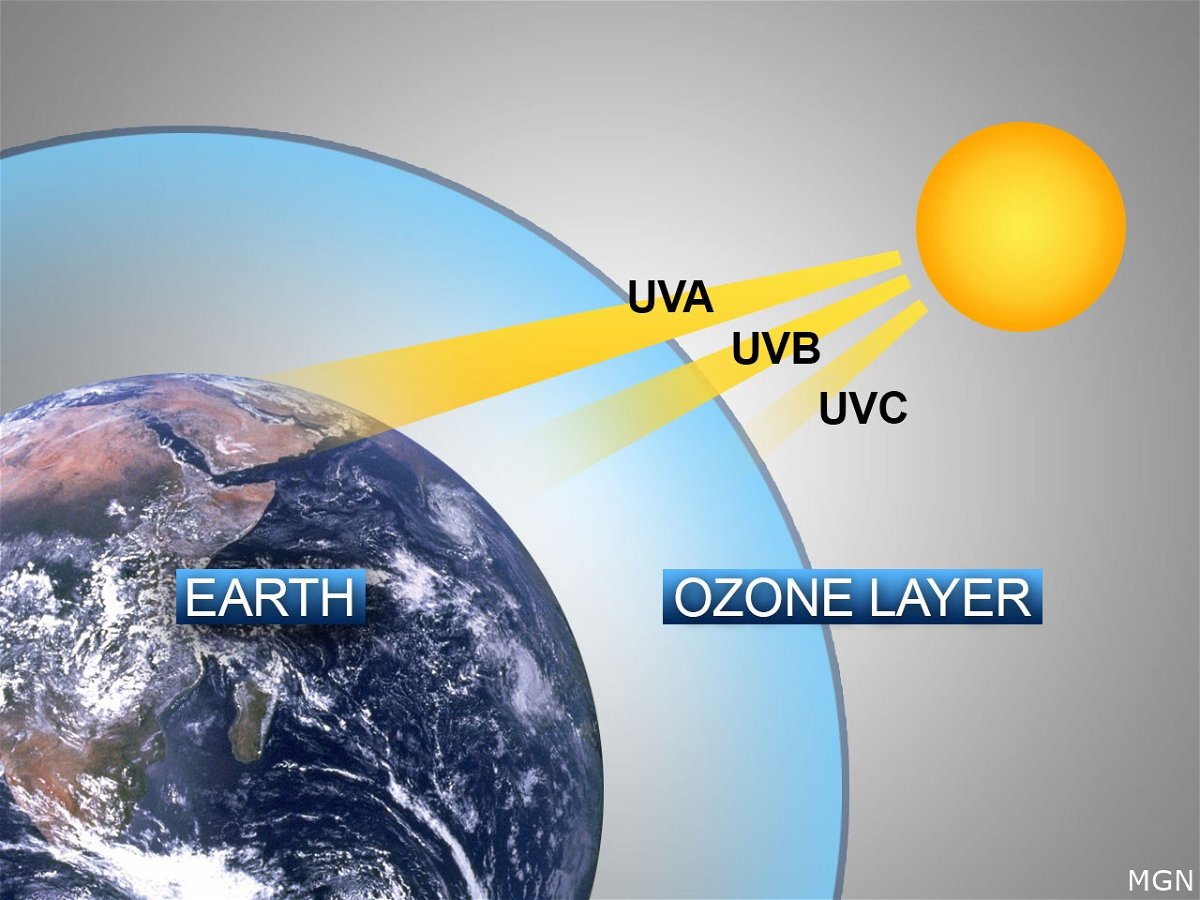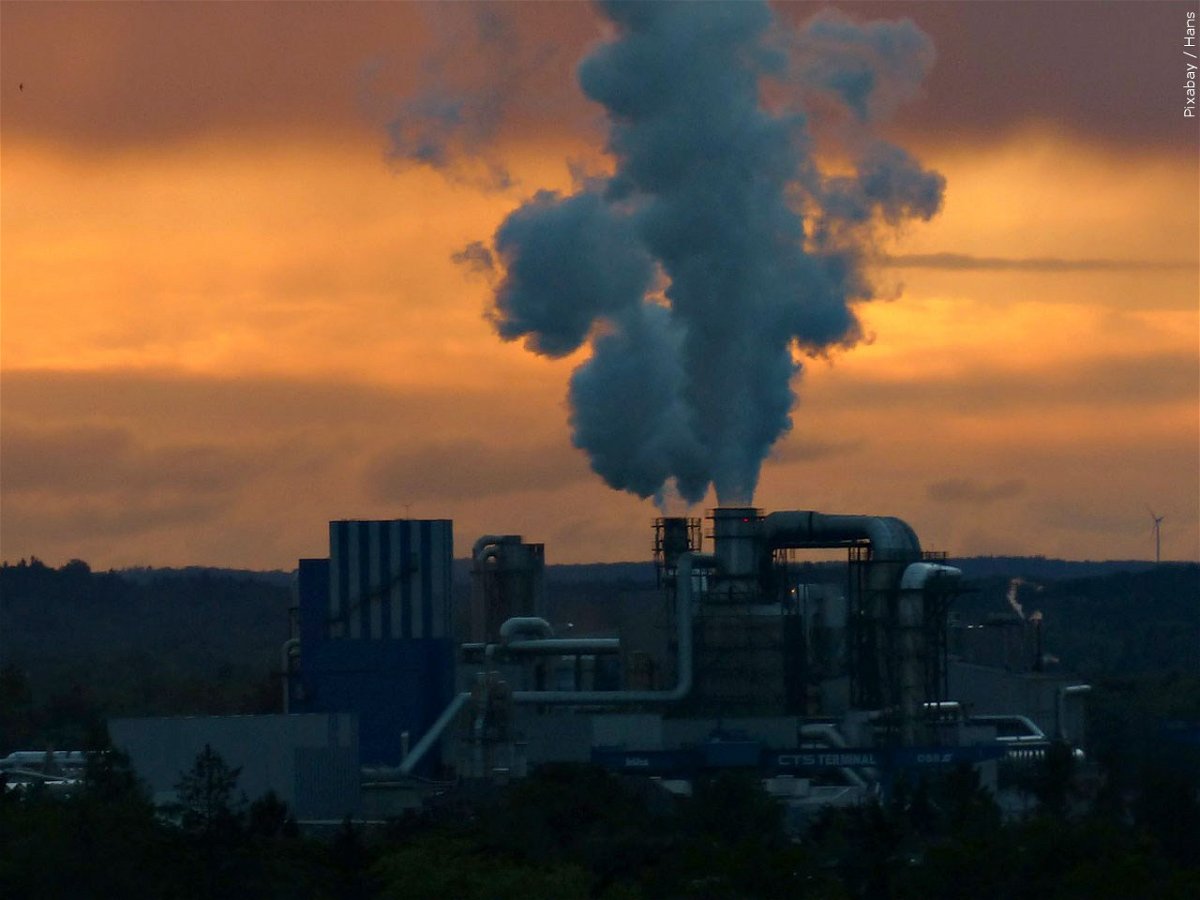Everything You Need To Know About Ozone

Ozone is a chemical compound consisting of three Oxygen atoms (O3). The Oxygen we breathe is made of two atoms (O2). Ozone is primarily found in the Ozone Layer in the stratosphere, however, it can also form near the surface (in the troposphere) under certain conditions.

In the upper atmosphere, Ozone is incredibly important as it absorbs the vast majority of the incoming ultraviolet (UV) radiation from the sun. Without the Ozone layer, life on Earth would not be possible. However, Ozone can be toxic to humans. This is why Ozone formation near the surface can cause problems and impact air quality.

Ozone formation near the surface requires three main ingredients: volatile organic compounds (VOCs), nitrogen oxides (NOx) and UV radiation from the sun. VOCs come from the burning of hydrocarbons like gasoline. NOx are also released from burning fuels but can also be formed from many industrial processes. Heat and UV radiation from the sun's rays can react with VOCs and NOx to form Ozone.

The formation of Ozone near the surface is most prevalent during the summer months as a result of the longer days and increased heat. Although, Ozone can form at any time of the year. When Ozone forms, there are a few things you can do to keep yourself safe. Complete any chores or errands such as mowing the lawn or grocery shopping as early in the day as possible, be sure to check the air quality outside before leaving the house, and try carpooling or taking public transportation if possible.




